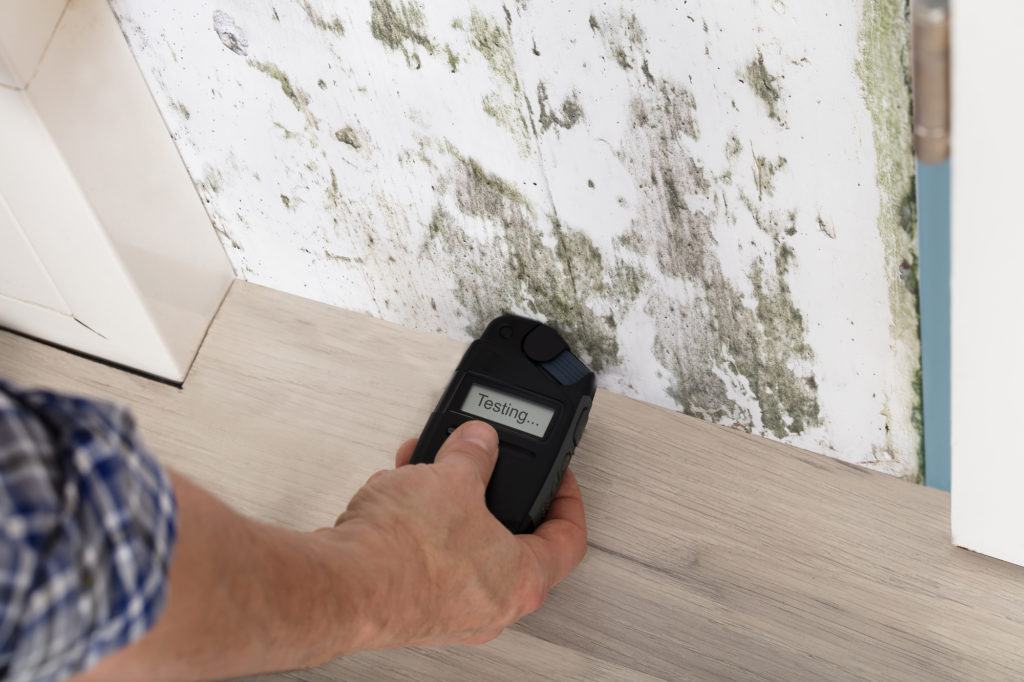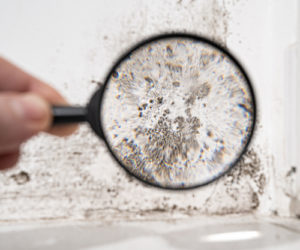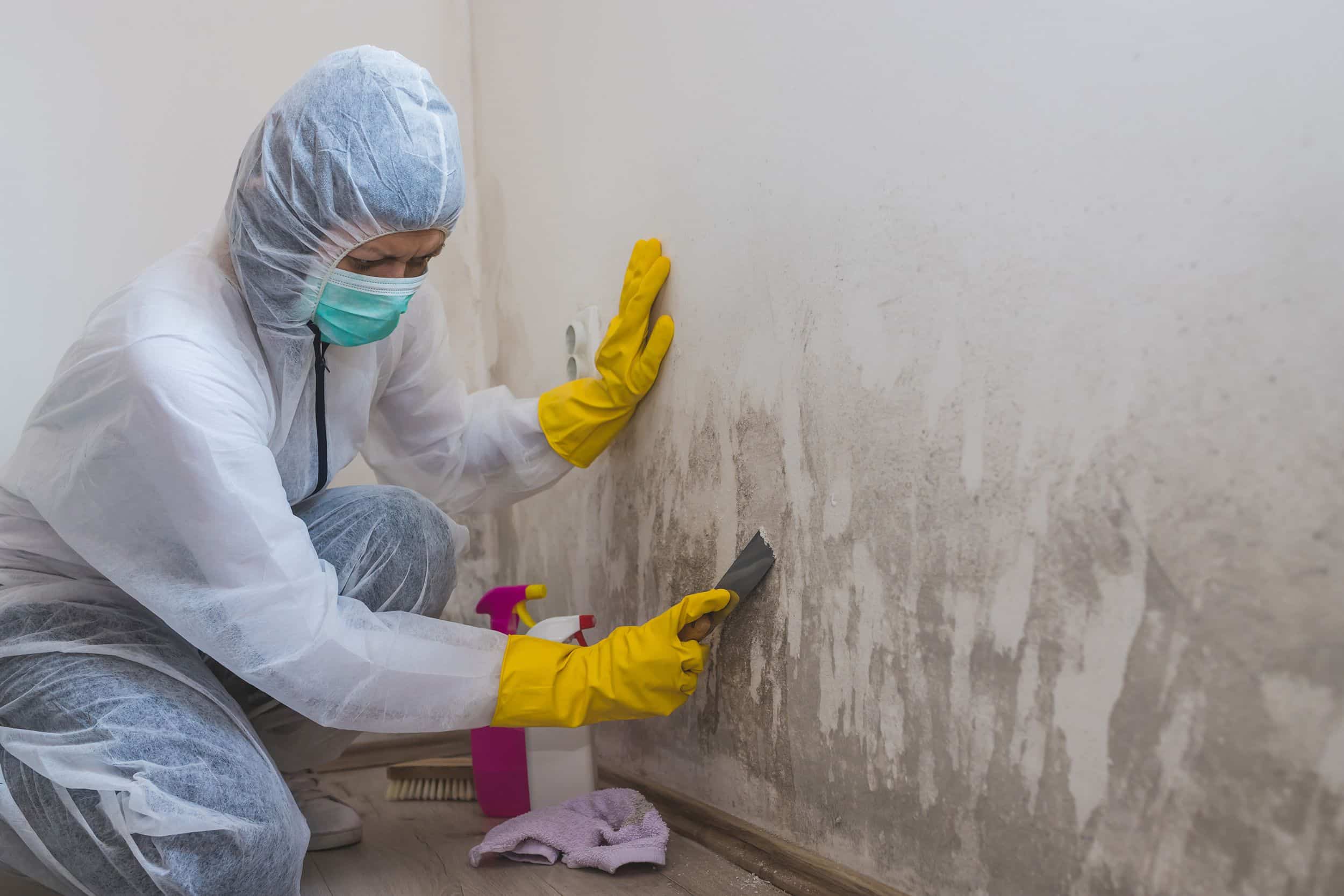Your Ultimate Overview to Article Mold And Mildew Remediation Techniques
Browsing the realm of post-mold remediation techniques is a precise process that requires interest to detail and a comprehensive understanding of the intricacies entailed. In the after-effects of mold infestation, recognizing just how to successfully eliminate the mold and stop its reoccurrence is vital for preserving a healthy interior environment. From picking the ideal cleaning and decontaminating techniques to executing strategies for lasting mold avoidance, each step in the removal journey plays a vital role in guaranteeing an effective result. As we get started on this exploration of post-mold removal methods, we will certainly uncover the vital techniques and ideal methods that can aid you recover your space to its pre-mold problem and secure it versus future mold and mildew hazards.
Understanding Post-Mold Remediation Refine
After completing the mold remediation process, it is important to comprehend the post-mold removal strategies that are needed to make certain a thorough and efficient cleaning. When the mold has been removed, the following action involves cleaning and decontaminating the impacted areas to avoid any regrowth of mold and mildew. This includes using specialized cleansing representatives to wipe down surface areas and eliminate any remaining mold and mildew spores. It is important to dry out the area entirely to discourage the development of mold in the future (what to do after mold remediation). Proper air flow and dehumidification can assist in this procedure.
In addition, performing a last examination post-remediation is essential to ensure that all mold has actually been efficiently gotten rid of. If the examination reveals any type of remaining mold and mildew, extra remediation may be necessary.
Effective Cleansing and Decontaminating Techniques

Avoiding Future Mold And Mildew Development

Importance of Proper Ventilation
Correct air flow plays an important role in preventing dampness accumulation, a key consider mold development within indoor settings. Effective air flow systems assist get rid of excess humidity from the air, lowering the possibilities of mold and mildew spores discovering the moisture they need to sprout and spread. Without adequate ventilation, interior rooms can become a reproduction ground for mold and mildew, causing prospective health dangers and architectural damage.
By ensuring appropriate air blood circulation, ventilation systems can likewise aid in drying out moist locations faster after water damages or flooding events, additionally deterring mold development. After mold remediation. Precede like restrooms, attic rooms, kitchen areas, and cellars where dampness degrees tend to be higher, installing and maintaining effective ventilation systems is essential in stopping mold and mildew invasions

Monitoring and Upkeep Tips
Given the crucial duty that appropriate ventilation plays in preventing mold and mildew growth, it is important to develop reliable surveillance and upkeep pointers to make certain the ongoing functionality of air flow systems. Monitoring humidity degrees within the property is also essential, as high humidity can add to mold and mildew development. By staying attentive and proactive to the problem of air flow systems, property proprietors can properly minimize the danger of mold regrowth and maintain a healthy and balanced interior atmosphere.
Conclusion
In verdict, post-mold removal methods are important for guaranteeing a risk-free and clean setting. Comprehending the process, implementing reliable cleaning and disinfecting approaches, avoiding future mold and mildew development, maintaining correct ventilation, and regular tracking are all essential action in the remediation procedure. By complying with these guidelines, you can efficiently get rid of mold and mildew and avoid its return, advertising a healthy living or functioning area for all occupants.
In the results of mold problem, knowing just how to efficiently get rid of the mold and stop its reoccurrence is paramount for preserving a healthy and balanced interior setting. Once the mold has been removed, the next step involves cleansing and decontaminating the affected locations to stop any kind of regrowth of mold - what to do after mold remediation. After getting rid of noticeable mold and mildew growth, it is essential to clean up all surfaces in the damaged area to eliminate any kind of continuing to be mold spores. To even more boost mold and mildew avoidance procedures, it is vital to attend to underlying site web problems that initially led to mold development.Provided the vital duty that correct ventilation plays in preventing mold and mildew development, it is critical to develop effective surveillance and upkeep tips to guarantee the continued functionality of ventilation systems